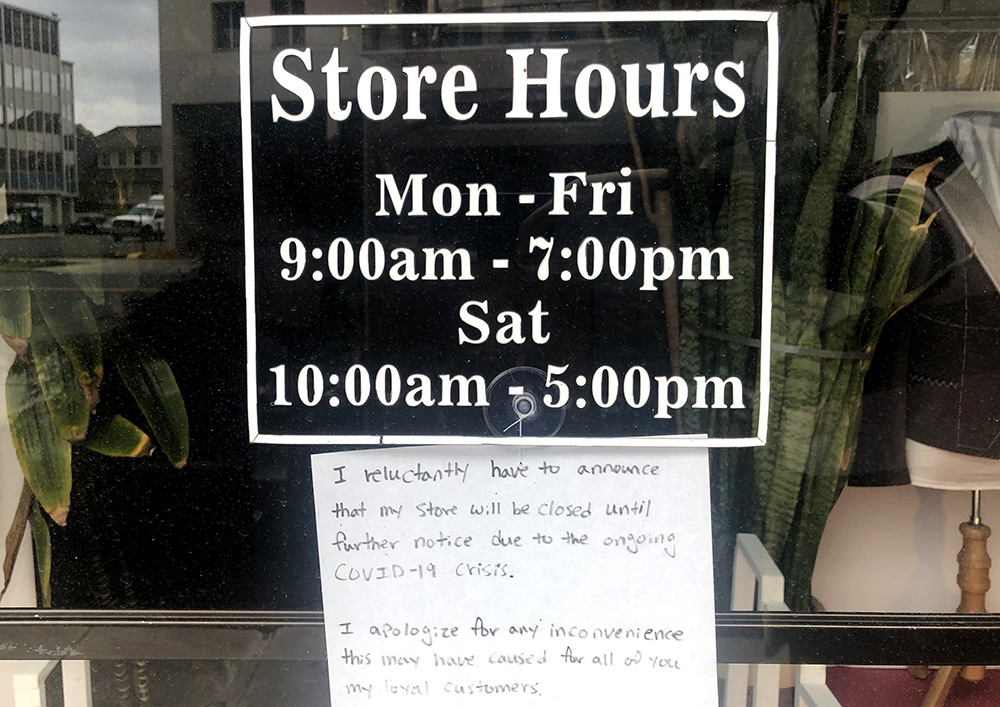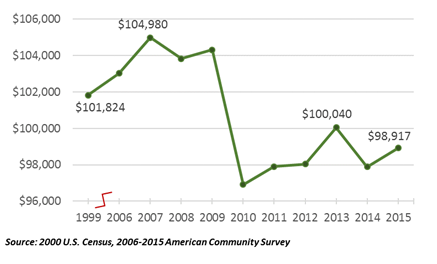
Montgomery County Planning works to create thriving places across the county. This goal is reflected in our proposed General Plan update, Thrive Montgomery 2050, master plans, functional plans, and other special studies.
But how do we know if a place is indeed thriving? We often use publicly available data from agencies like the U.S. Census Bureau and the U.S. Bureau of Labor Statistics to analyze shifts in key indicators of an area’s economic vitality.
Now let’s zoom in on the map and ask a deeper question: do thriving neighborhoods help the people living in them to thrive? Put another way, do neighborhoods thrive because the people living in them improved their economic status, or because people of higher … Continue reading






